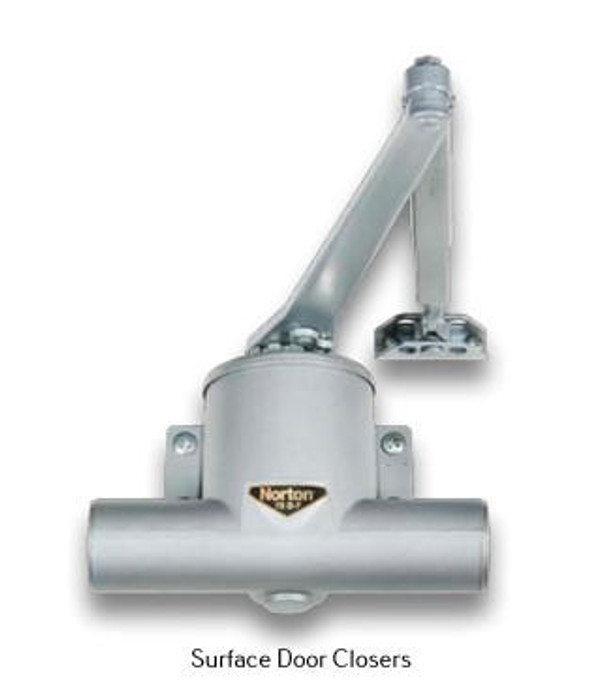
Common Security Mistakes and How to Avoid Them
Posted by National Lock Supply on May 6th 2024
Have you ever returned home to find a forced entry, a missing wallet, or misplaced valuables? Unfortunately, security breaches are a growing concern for homeowners and business owners. While installing high-quality hardware from a trusted supplier like us at National Lock Supply is a crucial first step, security goes beyond the physical products we provide.
Every building, from bustling offices to cozy homes, relies on a silent guardian – its security system. But even the most robust locks and exit devices can be rendered ineffective by a series of common mistakes. These unintentional oversights leave doors vulnerable and open pathways for unwanted access.
Understanding these pitfalls and implementing appropriate measures is crucial for maintaining peace of mind. This blog post dives into the common security mistakes that can leave your property vulnerable, helping you maximize the effectiveness of your cylindrical lever locks, cylindrical knob locks, panic exit devices, and other security equipment.
Improper Installation
Improper installation of surface door closers poses a significant security risk, potentially allowing intruders to bypass entry points easily. Misaligned or loosely fitted closers may fail to engage properly, compromising the door's ability to close securely. To prevent this, ensure installation is carried out by trained professionals who follow manufacturer guidelines precisely.
Not Having a Backup Power Source
Not having a backup power source for the exit device power supply leaves properties vulnerable during power outages, rendering the exit devices non-functional and potentially compromising safety in emergencies. To mitigate this risk, invest in backup power solutions such as battery backups or generators to ensure uninterrupted operation of exit devices during power failures. Regularly test backup systems to confirm they are functional and ready for use when needed.
Choosing the Wrong Trim
Choosing the wrong trim for panic exit devices can compromise security by creating vulnerabilities in access points. Incompatible or improperly fitted trims may not protect against unauthorized entry or tampering. To avoid this, carefully select exit device trims compatible with the specific model and function of the exit device, ensuring a proper fit and optimal security. Consult with security professionals or manufacturers for guidance on selecting the appropriate trim for your exit devices.
Not Using Keys with High-Security Ratings
Not using keys with high-security ratings for cylindrical lever locks increases the risk of unauthorized access and potential security breaches. Low-security keys are easier to duplicate, making it simpler for intruders to gain entry without detection. Invest in keys with high-security ratings, such as advanced features like restricted keyways or complex key designs, to prevent this. Regularly audit key distribution and enforce strict protocols for key management to minimize security vulnerabilities.
Failing To Re-Key Them after a Move or Lost Key
Failing to re-key cylindrical knob locks after a move or lost key poses a serious security risk, as unauthorized individuals may still have access to the property. Without re-keying, former occupants or individuals who find lost keys could enter the premises without permission. To prevent this, promptly re-key cylindrical knob locks whenever there's a change in occupancy, or a key is lost to ensure that only authorized individuals have access to the property. Regularly updating and maintaining key control protocols also enhances security.
 SAME DAY & EXPEDITED SHIPPING AVAILABLE
SAME DAY & EXPEDITED SHIPPING AVAILABLE





